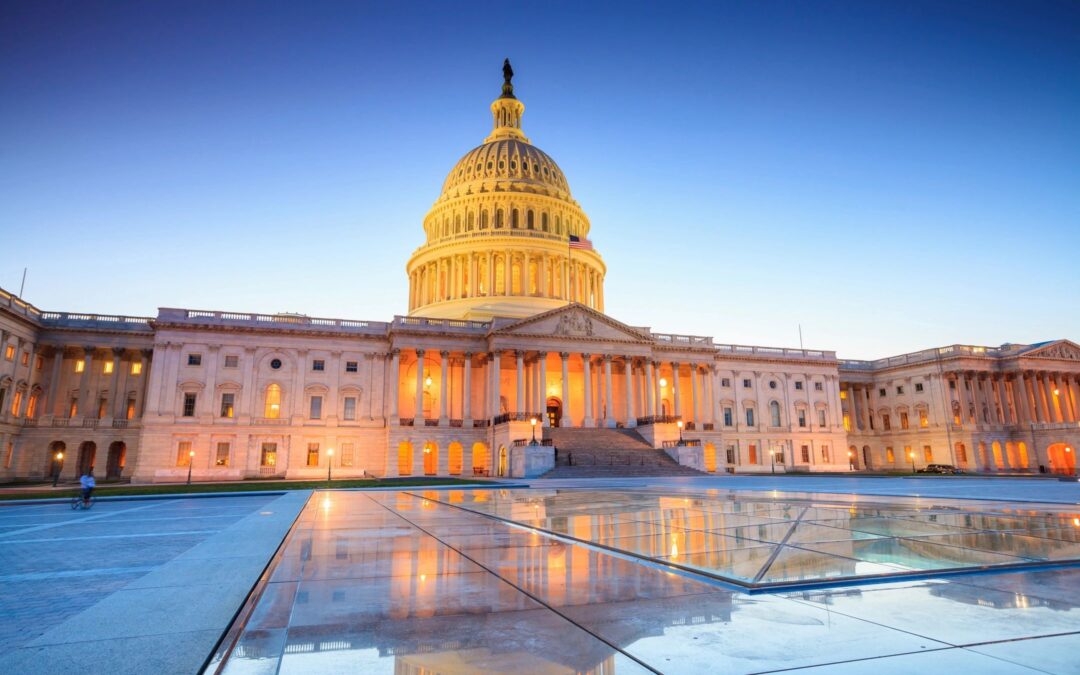By Ana Teixeira and Matt Johnson –
The patent fight between Caltech and Broadcom/Apple made waves this month when the Federal Circuit vacated the $1.1 billion infringement award that Caltech had won in district court. To PTAB practitioners, however, the sea change caused by California Institute of Technology v. Broadcom Limited, No. 20-2222 (Fed. Cir. 2022), comes from the Federal Circuit taking the opportunity to clarify the scope of IPR estoppel.
Section 315(e)(2) provides that a petitioner in an inter partes review can’t assert, in a subsequent civil suit, “any ground the petitioner raised or reasonably could have raised” during the inter partes review (emphasis added). Lower courts had disagreed on how broadly the estoppel provision should be construed. Some courts had interpreted estoppel as precluding petitioners from later asserting any grounds that could have been raised in the petition, while others had considered estoppel more narrowly, as applying only those grounds actually at issue in the IPR.
The split dates back to the times of partial institution by the PTAB. When the PTAB could institute an IPR on less than all grounds asserted by the petitioner, a petitioner could identify and raise invalidity contentions which, through no fault of the petitioner, were never addressed by the PTAB. In those circumstances, the Federal Circuit reasoned that Congress could not have intended to bar subsequent litigation of issues that the PTAB chose not to consider. Hence, in Shaw Industries Group, Inc. v. Automated Creel Systems, Inc., 817 F.3d 1293, 1299-1300 (Fed. Cir. 2016), the Federal Circuit held that estoppel did not prevent a petitioner from litigating those grounds that were petitioned for, but that the PTAB declined to institute.
The landscape changed after the Supreme Court decided, in SAS Institute Inc. v. Iancu, 138 S.Ct. 1348, that the PTAB does not have partial institution authority; either the IPR is instituted in all grounds or it is not instituted at all. The Court held that is the petition that defines the scope of the IPR, not the institution decision. This opinion seemed to confirm the broad construction of IPR estoppel, but the Federal Circuit had not directly addressed this issue until now.
In Caltech, the university accused Broadcom and Apple of infringing on three of its patents. While the lawsuit was pending, the parties filed multiple IPR petitions challenging the validity of Caltech’s patents based on various prior art combinations. The PTAB sided with Caltech in all cases.
At trial, Broadcom and Apple presented new grounds for invalidity, based on a combination of prior art references that had not been presented to the PTAB. Here, it was not disputed that the patent challenger was actually aware of the relevant references at the time of the IPR petitions but chose not to raise those grounds. In light of SAS, the Federal Circuit overruled Shaw in a panel–not en banc–decision and held that estoppel applies to any grounds that were raised or reasonably could have been raised in the petition. Therefore, Broadcom and Apple were barred from raising new invalidity challenges based on known references.
The panel declined to decide the scope of estoppel for pre-SAS cases. For the cases that came after SAS, however, the broad construction of estoppel prevails. Petitioners can no longer choose to address certain invalidity contentions in an IPR and “save” others for later district court litigation. Petitioners must now raise their best arguments during IPR – or skip the IPR altogether.
Takeaway:
The Federal Circuit overruled Shaw in light of SAS and held that estoppel bars patent challengers from asserting, during litigation, any grounds that reasonably could have been raised in a previous IPR petition. Petitioners can no longer raise different invalidity arguments in an IPR and in later district court litigation of the same patent.
** On February 22, 2022, the Federal Circuit clarified certain language pertaining to the scope of estoppel in the errata linked here. The original opinion stated that estoppel applies “to all claims and grounds not in the IPR but which reasonably could have been included in the petition.” The revised opinion states that estoppel applies to “all grounds not stated in the petition but which reasonably could have been asserted against the claims included.”

